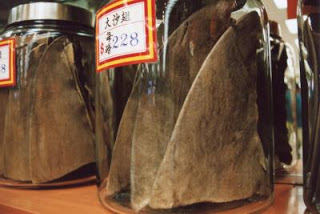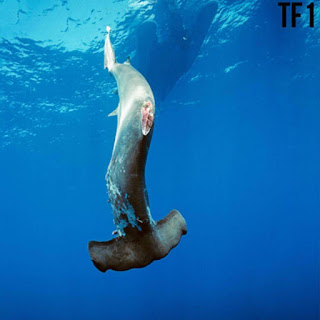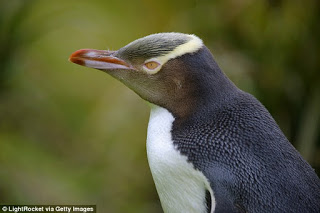 Seismic surveys in the Atlantic Ocean are being moved forward by the Trump administration. Seismic surveys use loud airguns to search for oil deposits under the ocean floor. The sounds can injure or kill wildlife. Six energy companies are seeking permits, all who had been rejected by the Obama administration.
Seismic surveys in the Atlantic Ocean are being moved forward by the Trump administration. Seismic surveys use loud airguns to search for oil deposits under the ocean floor. The sounds can injure or kill wildlife. Six energy companies are seeking permits, all who had been rejected by the Obama administration. ———————————————–
2. Four More Chinese Airlines Ban Shark Fin Shipments
Read More…
———————————————–
3. Costa Rican Market Open to Shark Fin Exports?
———————————————–
4. 37 Million Pieces of Plastic Found on Remote South Pacific Island
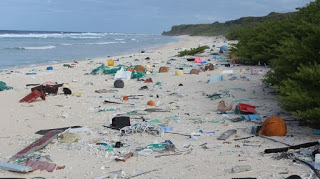 Henderson Island, in the South Pacific, is thousands of miles away from any human communities, yet thirty-seven million pieces of plastic were found along its shores. “It’s the highest density of debris reported anywhere in the world, scientists say.” It is estimated that the plastic trash weighs seventeen tons. Plastic pollution is a major issue facing our oceans today and finding so much of it on a remote island proves it.
Henderson Island, in the South Pacific, is thousands of miles away from any human communities, yet thirty-seven million pieces of plastic were found along its shores. “It’s the highest density of debris reported anywhere in the world, scientists say.” It is estimated that the plastic trash weighs seventeen tons. Plastic pollution is a major issue facing our oceans today and finding so much of it on a remote island proves it.5. Yellow-eyed Penguins On Verge of Extinction Due to Climate Change
———————————————–
6. Steep Budget Cuts Proposed to NOAA
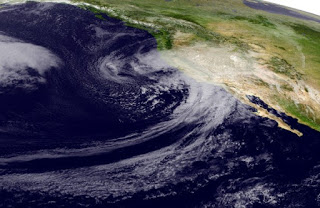 Budget cuts of 17 percent are proposed to the National Oceanic and Atmospheric Agency (NOAA), the leading agency of climate science. “Research funding, satellite programs, coastal management, estuary reserves and “coastal resilience,” which seeks to bolster the ability of coastal areas to withstand major storms and rising seas” will all be on the chopping block.
Budget cuts of 17 percent are proposed to the National Oceanic and Atmospheric Agency (NOAA), the leading agency of climate science. “Research funding, satellite programs, coastal management, estuary reserves and “coastal resilience,” which seeks to bolster the ability of coastal areas to withstand major storms and rising seas” will all be on the chopping block.
7. Attack the U.S. Shark Fin Trade, Not the Sharks
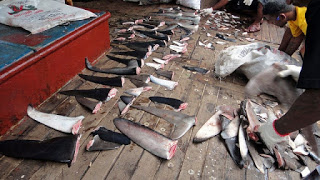 Due to shark finning, many shark populations are down 90 percent worldwide. Shark finning is banned in U.S. waters, but fins of legally caught sharks can be sold. Fins can still be imported into certain states. Congress has introduced the Shark Fin Trade Elimination Act, which would ban the buying and selling of shark fins nationwide.
Due to shark finning, many shark populations are down 90 percent worldwide. Shark finning is banned in U.S. waters, but fins of legally caught sharks can be sold. Fins can still be imported into certain states. Congress has introduced the Shark Fin Trade Elimination Act, which would ban the buying and selling of shark fins nationwide.———————————————–
8. Leonardo DiCaprio and Mexican President Team Up to Save the Vaquita
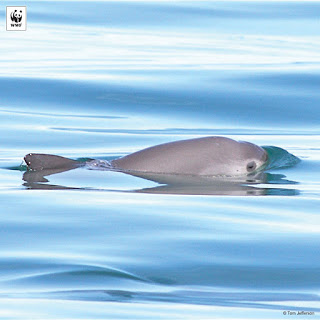 The most endangered marine mammal in the world, the vaquita porpoise, is estimated to have only 30 individuals left in the wild. Fortunately actor Leonardo DiCaprio and Mexican President Enrique Pena Nieto have teamed up to help this animal. In a series of tweets, DiCaprio brought the vaquita issue to his many fans, and in return the President tweeted facts about the vaquita’s plight.
The most endangered marine mammal in the world, the vaquita porpoise, is estimated to have only 30 individuals left in the wild. Fortunately actor Leonardo DiCaprio and Mexican President Enrique Pena Nieto have teamed up to help this animal. In a series of tweets, DiCaprio brought the vaquita issue to his many fans, and in return the President tweeted facts about the vaquita’s plight.
———————————————–
Sea Save Foundation is committed to raising awareness of marine conservation. The Week in Review is a team effort produced by the Sea Save staff to provide a weekly summary of the latest in marine research, policy, and news.

